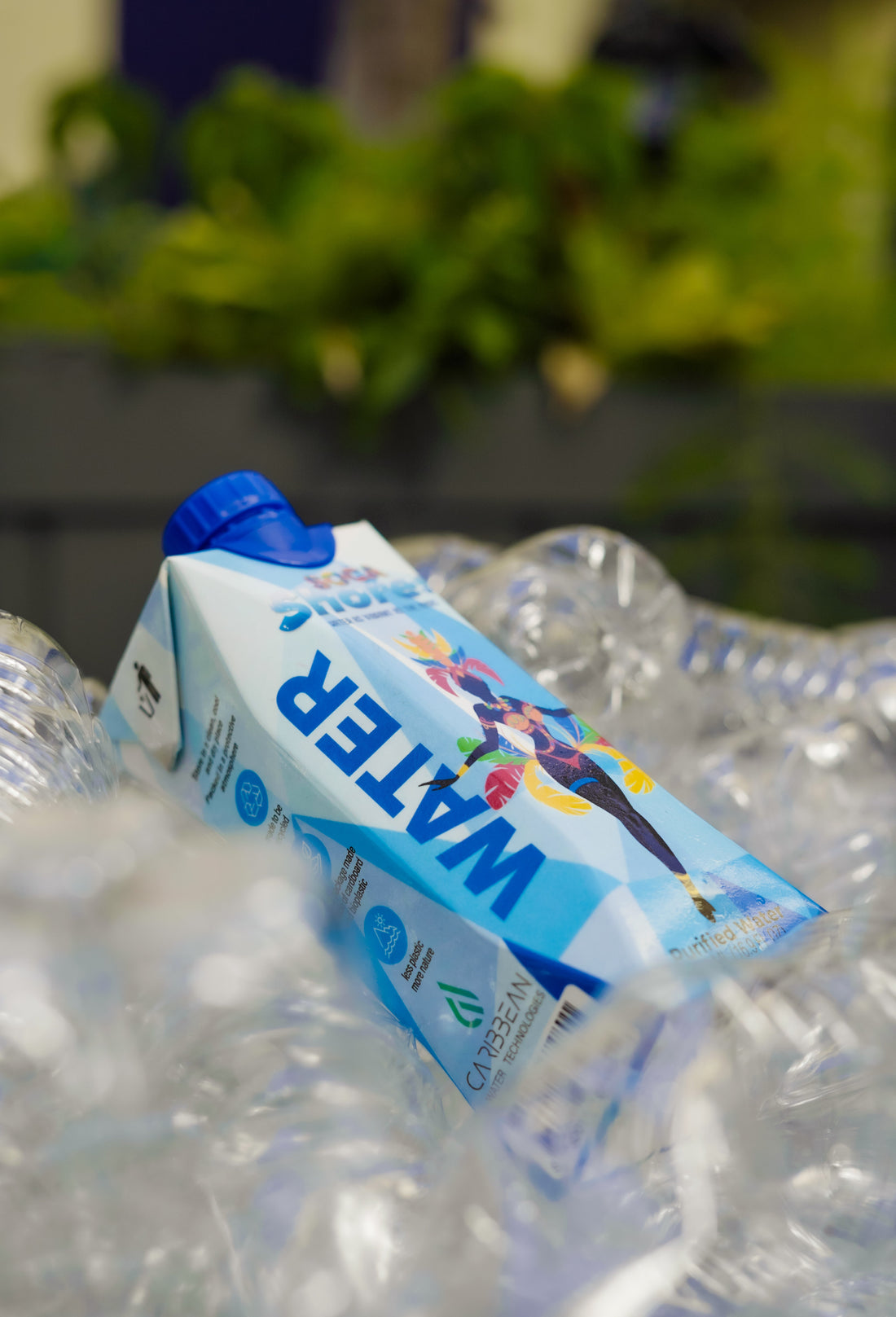
How Microplastics Are Impacting Your Body More Than You Think
Share
How Microplastics Are Impacting Your Body More Than You Think
Microplastics are everywhere. They are in the food we eat, the air we breathe, and the water we drink. But most people don’t realize just how deeply these tiny particles affect the body. Recent insights from health educator Craig Brockie highlight how microplastics are showing up in some of the most vital parts of the body, including the brain, lungs, liver, and even the placenta.
Microplastics are not just an environmental concern. They are a personal health concern.
Where Do Microplastics Come From
Microplastics are small plastic particles that come in two main forms.
Primary microplastics are manufactured particles found in products like cosmetics and synthetic clothing. Secondary microplastics are pieces that break off from larger plastics like packaging or water bottles.
These particles can enter your body through the water you drink, the food you eat, the air you breathe, and even contact with plastic packaging or synthetic fabrics.
Some studies estimate we may ingest up to five grams of plastic each week. That is about the size of a credit card.
What Do Microplastics Do Inside the Body
Once inside, microplastics are difficult to remove. Research has linked them to serious health concerns including:
- Brain health. Microplastics can cross the blood-brain barrier and contribute to inflammation and cognitive decline.
- Heart and lungs. Studies show increased risks of heart attacks and reduced lung function connected to exposure.
- Gut and digestion. Microplastics can disrupt healthy bacteria and damage the digestive system.
- Hormonal imbalance. These particles interfere with how hormones function, which can affect metabolism, insulin levels, and more.
Scientists have found microplastics in blood, semen, and even in the placenta. These particles are becoming part of our biology, not just our environment.
How to Reduce Your Exposure to Microplastics
While removing them completely may not be possible, there are several steps you can take to reduce your exposure and protect your health.
- Avoid plastic water bottles and food containers
- Choose natural fabrics like cotton or linen over synthetics
- Use glass or stainless steel cookware
- Install water filtration systems at home
- Do not microwave food in plastic containers
- Focus on fresh, minimally processed food
- Support your gut health with fiber and probiotics
Soca Shores Offers a Better Way to Hydrate
At Soca Shores, we believe hydration should support your health, not compromise it. That is why every carton of Soca Shores water is:
- Microplastic free
- Naturally filtered from protected Caribbean aquifers
- Packaged in plant-based cartons
- Sealed through an aseptic process that protects the purity of every drop
Unlike plastic bottles that can leach harmful particles into your water, Soca Shores provides clean, refreshing hydration in packaging you can feel good about.
Your body deserves better than plastic. Soca Shores offers hydration that is clean, sustainable, and better for your overall health. Make the switch today and sip something better.
Shop now at SocaShores.com
